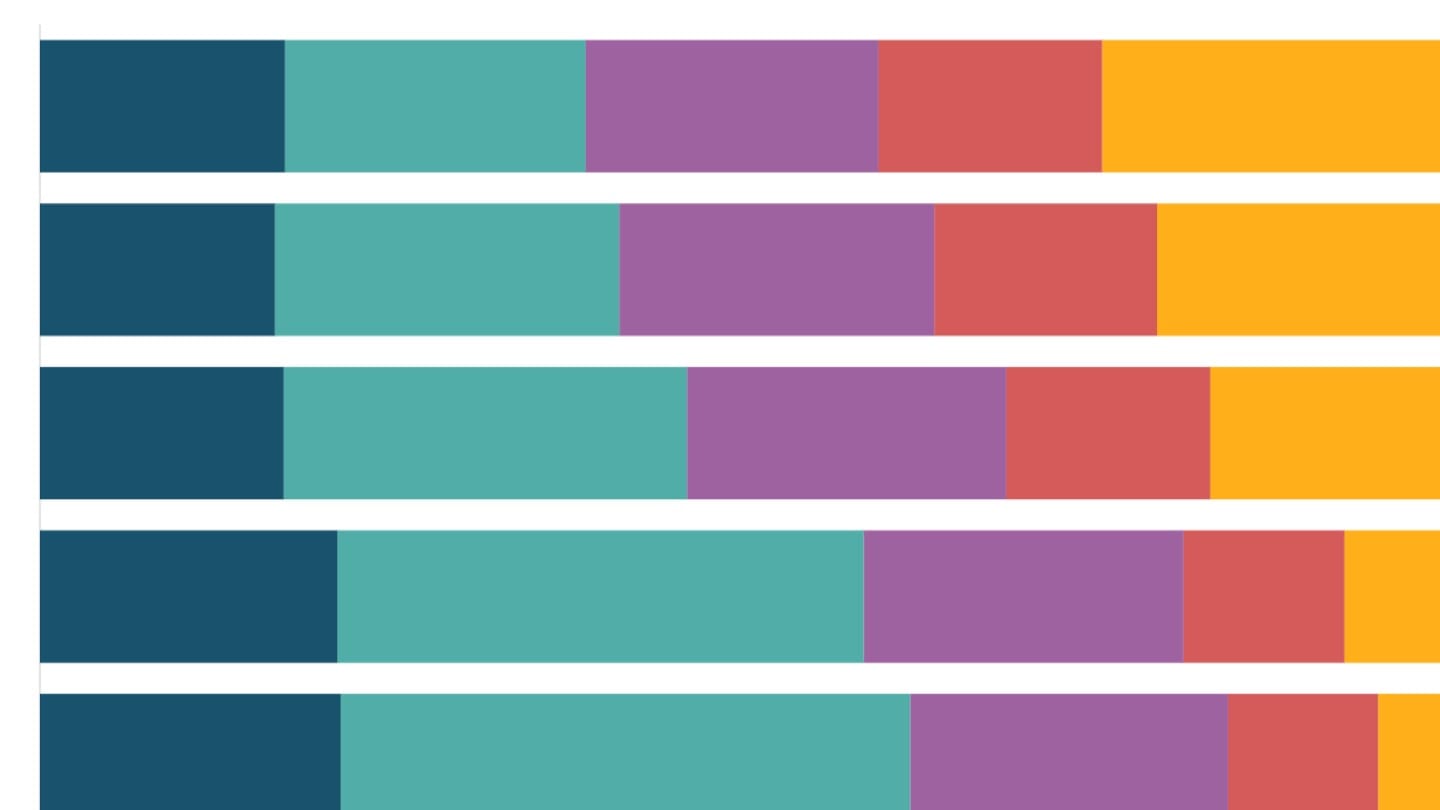Population growth in India
After decades of growing faster than the world, India's population growth has slowed down dramatically
With over 1.3 billion people, India now has more people than any other country.
Population projections for countries of the world come from the United Nations Population Division which uses data on fertility, mortality and other demographic indicators to produce models until the year 2100. Data for Indian states comes from the Indian government which produced estimates until 2036.[1]
At the peak of its size by the mid-2060s, India is projected to have nearly 1.7 billion people. It is expected to continue to be the world's most populous country until beyond 2100 which is the furthest year out for which population projections have been made.
The slowing down of India's population growth
As a result of its size and the fact that it has continued to grow even after China began to decline in size, discussions around India's population have often been accompanied by talk of a "population explosion" and similar terms, which imply that the rapid growth of its population should be a matter for concern for the country, and must be stopped. In fact, population growth in India has slowed significantly, and this has been the case over decades.
There was certainly a time when India's population was growing very fast. In the three decades after Independence, India's population had doubled.[2] But from the 1980s, population growth began to slow down. India's population growth rate is estimated to have fallen below the world average by the early 2020s and the gap is expected to grow.
This slowing down of population growth is going on across the country. However, there are two distinct speeds to this slowdown. Until the 1970s, population growth rates in different states were quite similar. However since the 1980s, India's southern states[3] have been growing far slower than the central, northern and eastern states.
Why is India's population growth slowing down?
Three processes affect population levels and trends - the number of children born, the number of people who die and the long-term movements of people. The levels of international migration - both into and out of India - are too small in relative terms to affect India's population currently.[4] However, important changes in the first two processes have had an impact on India's slowing population growth.
Falling fertility
The Total Fertility Rate (TFR) is the average number of children that a woman is likely to have in her lifetime. As countries get richer and women get better access to health and education, fertility rates begin to fall, a phenomenon seen across the world.
When a country's TFR drops to 2.1, meaning that women will have an average of 2.1 children over their lifetimes, demographers say that the country has reached 'replacement fertility'. What this means is that if two adults have a notional 2.1 children between them, then accounting for some likelihood of death during childhood or adolescence, that couple will produce two adults, and the size of the population will remain the same. This is a key milestone in a country's demographic journey. If fertility falls below that level, the population will begin to decline in absolute numbers.
After being high in the early decades after Independence, India's TFR has fallen rapidly. India's fertility rate is now far lower than the Sub-Saharan countries that it was comparable with in the 1950s, and has fallen below the world average.
More importantly, India's fertility rate has now fallen below the replacement level. Although fertility is falling everywhere, there are substantial differences between states within India. Across the southern and western states, TFR is already below replacement level. In the urban areas of these states, levels of fertility are as low as countries in the developed world. Urban Maharashtra's fertility rate, for instance, is lower than that of Germany.
As a result, the absolute number of children born every year in India began to decline from the early 2000s.
Ageing and mortality
Population growth is affected by the number of children born every year as well as the number of people who die every year. The slowdown in India's population growth has until now been powered by falling fertility alone. But in the future, rising mortality - or death rates - will play a role too.
Improvements in health outcomes particularly for very young children have meant that the risk of dying very young in India has been declining. As a result, India's population is beginning to live longer, driving up the age of the population.
This is still a young country - the median Indian is just over 28 years old, meaning that half of the country is under the age of 28, while the median age of the world is over 30[5]. However, it is now ageing rapidly.
As India grows older, mortality rates are starting to rise - everything else being equal, an older population will have higher mortality rates than a younger population. With fewer children born every year, and more people dying every year, India's slowing population growth will grind to a halt, and then from growth it will move into a decline. By the mid-2060s population growth is expected to turn negative - India will begin to have fewer people every year.
[1] Using 2011 Census data, the National Commission on Population produced population estimates up to 2036 using assumptions about fertility, mortality and migration pathways. Since the 2021 Census has not yet been conducted, DFI and other research organisations use these government estimates for population.
[2] Affected in part by geopolitical events including the Partition of the sub-continent in 1947 and the creation of Bangladesh in 1971 and the refugee movements that followed.
[3] But notably also West Bengal in the east.
[4] Forced migrations did play a role in population trends at the time of the Partition in 1947 and following the creation of Bangladesh in 1971. However at present, the level of international migration into and out of India is too small in relative terms to affect the population. India's net migration rate in 2923 (immigrants minus emigrants per 1000 population) was -0.3%.
[5] World Population Prospects 2022 Revision (UN Population Division).




